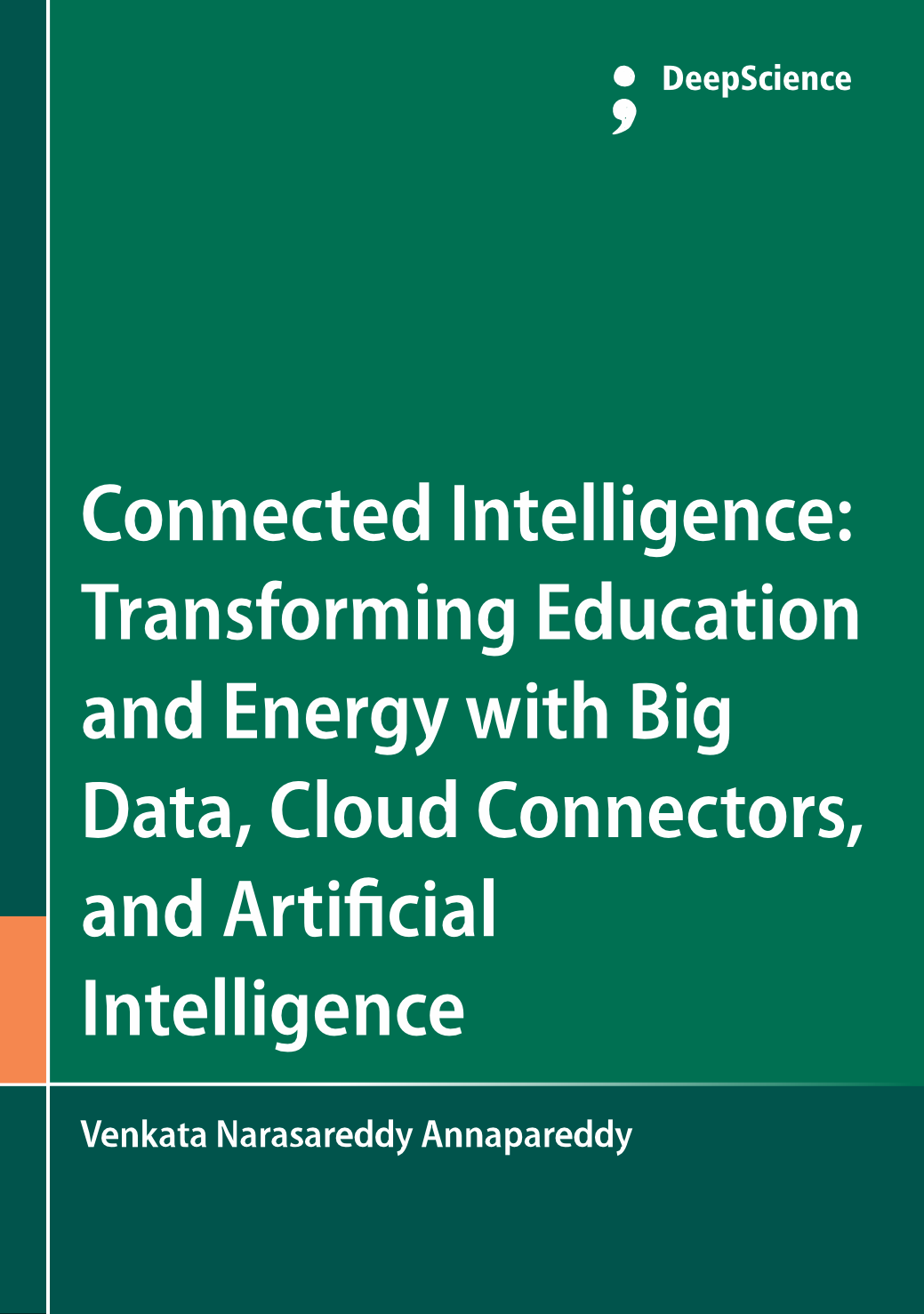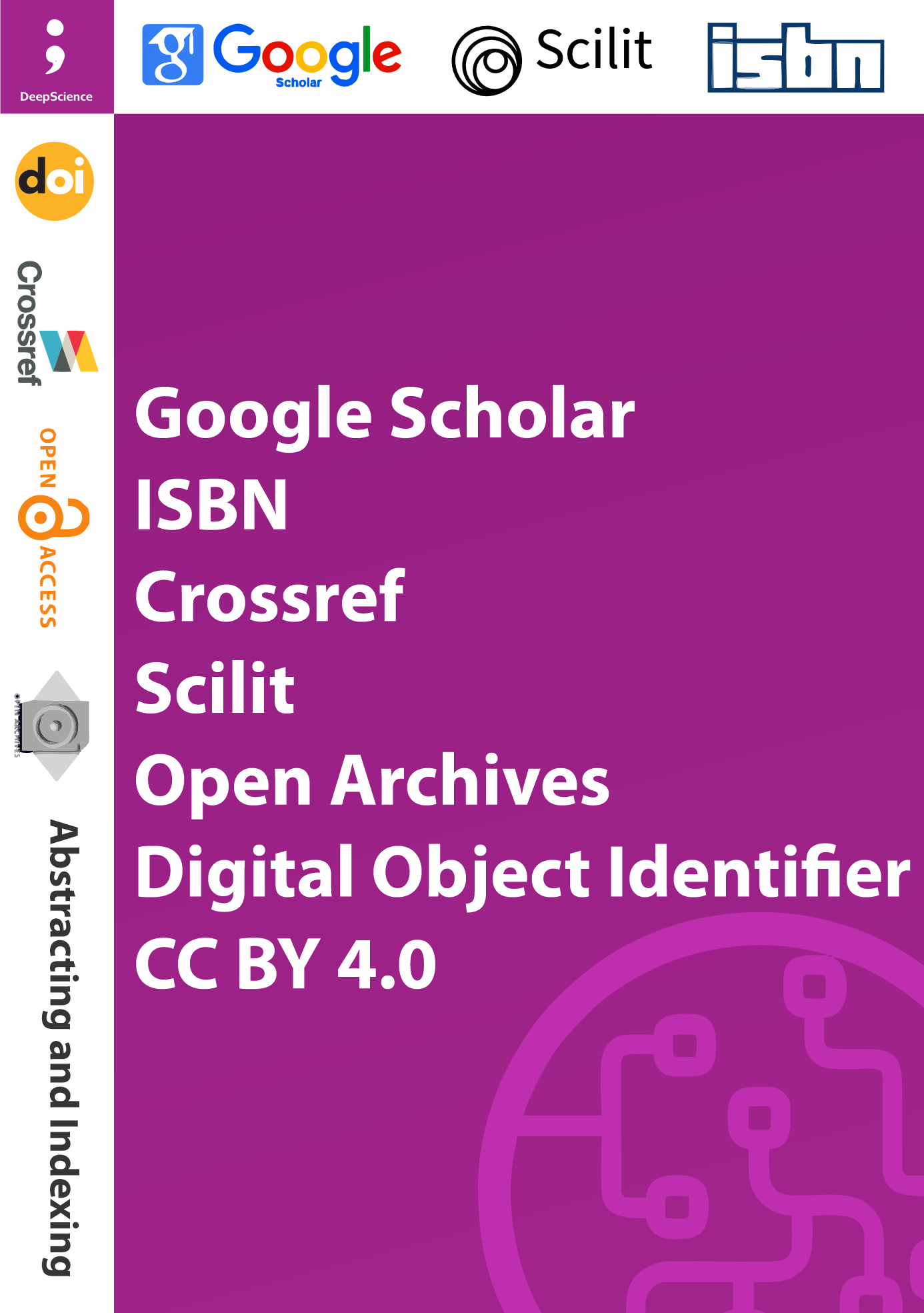Building data-driven educational models through the integration of machine learning and predictive analytics for improved student and institutional outcomes
Synopsis
One of the major milestones in the rise of the learning analytics field was the development and use of institutional data to construct models that leverage algorithmic modeling to assist in the prediction of students' educational outcomes. Institutions are increasingly using data to gain new insights and improve student learning outcomes with actionable insights and personalized interventions. Educational data mining focuses on methods that model and support the prediction of different actions to support students' learning and its outcomes. Predictive models have addressed questions like who is more likely to succeed or how we can help a student who is struggling. Predictive analytics can help identify attrition-related factors, thereby allowing institutions to perform proactive interventions that help students succeed. For teacher education programs, the use of learning analytics and educational data provides important support for data-driven decision-making. Data-driven approaches can lead to improvements in assessments, understanding of the course content efficacy, and comprehension challenges and obstacles that students may face within these requirements. Still, algorithms are not flawless, and ethical considerations must be considered when making data-driven decisions. Since the graduation rates have significantly improved during the last ten years, despite the selective criteria, we see the potential to focus on how these models can be used to improve graduation rates without sacrificing program admission criteria. For that, teacher education program employment data and reasonable completion periods may be critical for indicating potential for graduation.












